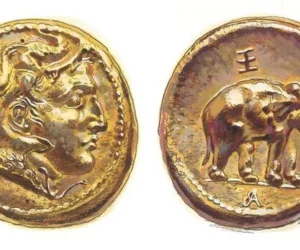The Mir Zakah Treasure Site is one of the most intriguing and significant archaeological finds in ancient Central Asia. Located in the Khyber Pakhtunkhwa province of Pakistan, this site is famous for yielding thousands of ancient coins, artifacts, and valuable objects dating from around the 4th century BC to the early AD centuries. Discovered initially…
Ancient Artifacts
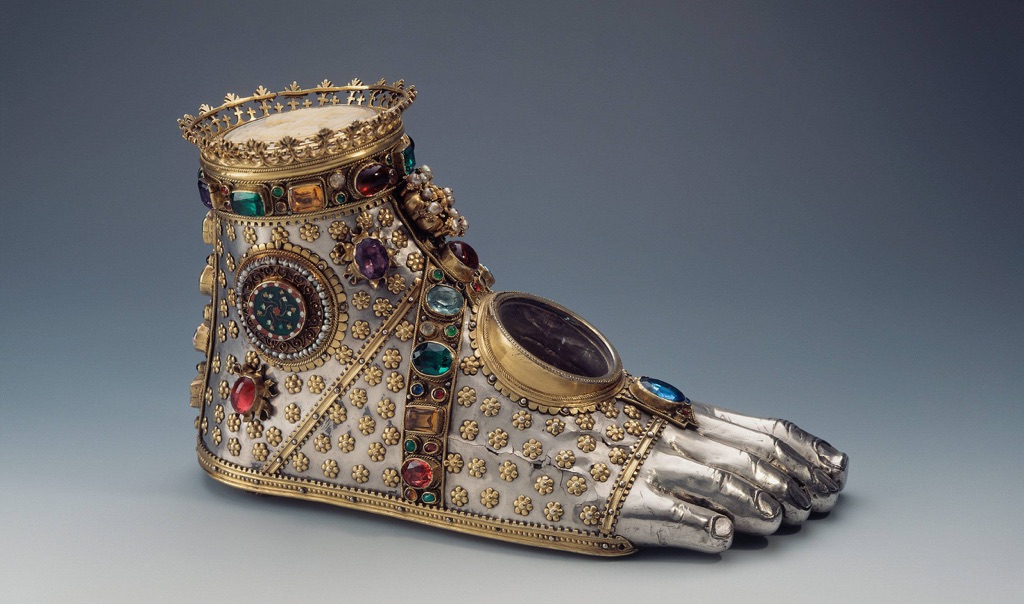
Moving to the East, ancient China artifacts like bronze vessels and oracle bones shed light on the rituals and governance of early Chinese dynasties. These artifacts highlight China’s long history of craftsmanship and written language. Similarly, ancient Egyptian artifacts are world-renowned, particularly for their funerary art, such as the treasures from King Tutankhamun’s tomb. These pieces reflect the Egyptians’ beliefs about death and the afterlife. Artifacts are not just old objects to be displayed in museums; they are keys to unlocking the secrets of human development across the ages. They preserve the ideas and values of people who lived thousands of years before us. Through careful study, they teach us about our collective history and heritage.
Among the most famous ancient artifacts in the world is the Rosetta Stone. Discovered in 1799, this granodiorite stele was the key to understanding Egyptian hieroglyphs—a script made of small pictures that was used originally in ancient Egypt for religious texts. The Rosetta Stone is inscribed with a decree issued at Memphis in 196 BC on behalf of King Ptolemy V. The decree appears in three scripts: the upper text is Ancient Egyptian hieroglyphs, the middle portion Demotic script, and the lower Ancient Greek. Because it presents essentially the same text in all three scripts, it provided the crucial link for scholars to decipher Egyptian hieroglyphs, thereby opening a window into ancient Egyptian history.
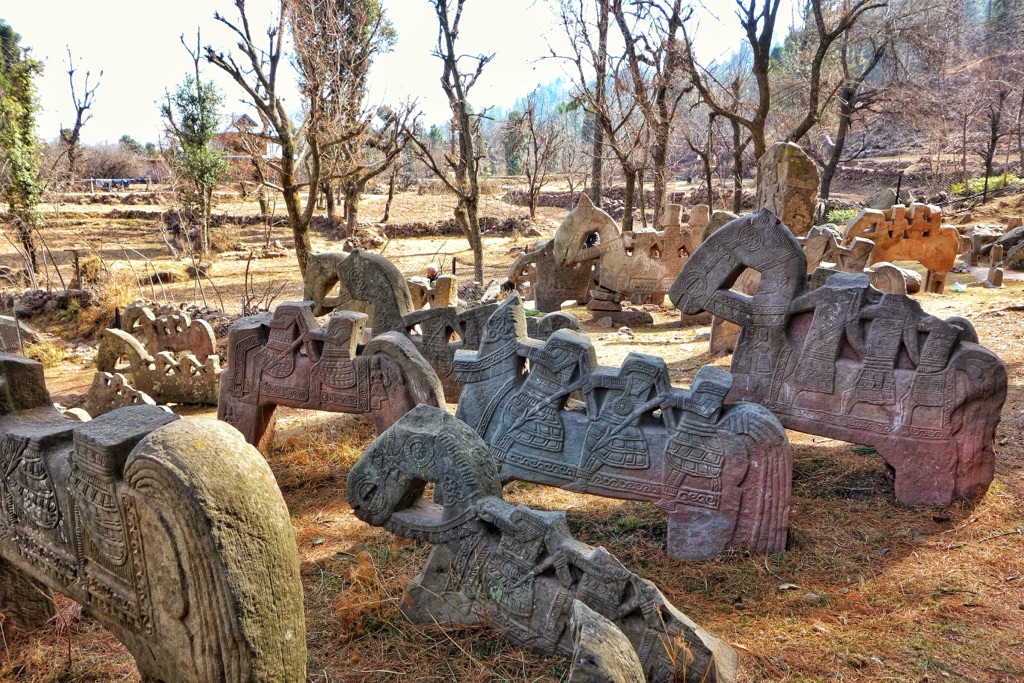
The title of the oldest artifact on earth goes to the stone tools found in Lomekwi 3, Kenya, which date back to 3.3 million years ago. These tools predate the earliest known humans and suggest that tool-making was a part of our pre-human ancestors’ way of life. These ancient tools mark a significant milestone in human evolutionary history, indicating the beginnings of technology and innovation. They are not just simple objects; they represent the dawn of human ingenuity and the very first steps towards the complex societies we have today.
An ancient artifact can be defined as any item made or used by humans in ancient times that has cultural, historical, or archaeological significance. These artifacts can range from monumental structures like the pyramids of Egypt to small, everyday objects like Roman coins. They can include items as diverse as weapons, clothing, and artwork. Each artifact, no matter its size or apparent significance, offers a glimpse into the lives of those who came before us, providing evidence of past behaviors, beliefs, and social structures.
Famous ancient artifacts not only include monumental finds like the Rosetta Stone or the treasures of Tutankhamun’s tomb but also the Terracotta Army of China, the Dead Sea Scrolls, and the Venus of Willendorf. The Terracotta Army, buried with the first Emperor of China, Qin Shi Huang, consists of thousands of life-sized figures meant to protect the emperor in the afterlife. The Dead Sea Scrolls, discovered in a series of caves near the Dead Sea, are ancient Jewish texts that offer invaluable insight into the history of Judaism and the early text of the Bible. The Venus of Willendorf, a small Paleolithic figurine discovered in Austria, dates back to about 28,000 BCE and is thought to represent fertility. Each of these artifacts, in its own way, has reshaped our understanding of human history, offering evidence of the complexity, diversity, and ingenuity of ancient civilizations.
List of Discovered Ancient Artifacts

Pentney Hoard
The Pentney Hoard is a significant archaeological discovery from Norfolk, England, dated to the late Anglo-Saxon period. This hoard, uncovered in 1978, comprises six intricately crafted silver brooches, believed to date between the 9th and 10th centuries AD. Their craftsmanship reflects the advanced metalworking skills and the symbolic importance of jewelry in Anglo-Saxon society. The…
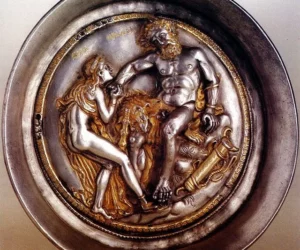
Rogozen Treasure
The Rogozen Treasure is one of the most significant archaeological discoveries from ancient Thrace, shedding light on the region’s culture, art, and political connections. Discovered in the small village of Rogozen in northwestern Bulgaria, this remarkable collection dates to the 5th and 4th centuries BC. It consists of ornate silver vessels used in religious rituals…
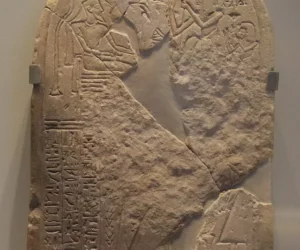
Beisan Steles
The Beisan steles, also known as the Beisan Inscription, are ancient stone monuments located near the site of the biblical city of Beisan in modern-day Israel. These steles date back to the early Roman period, specifically around the first century AD. They represent a significant source of historical and archaeological information about the region during…

Ford Collection Sarcophagi
The Ford Collection sarcophagi, housed in the Ford Museum, stand out as significant artifacts of ancient funerary practices. These intricately designed sarcophagi, dating primarily to the Roman period, offer critical insights into the cultural, religious, and social dimensions of the ancient Mediterranean world. Collectively, they highlight the diversity of artistic traditions and funerary customs across…
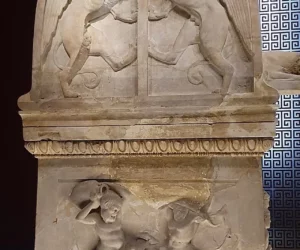
Lycian Sarcophagus of Sidon
The Lycian Sarcophagus of Sidon, dated to the 5th century BC, represents a blend of artistic traditions from Anatolia, Persia, and Greece. Discovered in 1887 in Sidon, Lebanon, this sarcophagus is one of several remarkable finds from the area. It is now displayed at the Istanbul Archaeological Museum. Historical Background Sidon, a prominent city in…

